13 Rare Measuring Instruments That Collectors Love Finding
Vintage measuring instruments continue to draw attention from collectors who admire their ingenuity and design. These objects were built to last and served vital roles in early engineering, navigation, and surveying. Many of them remain functional today, adding even more charm to their collectible nature. They remind us of a time when every measurement mattered and craftsmanship was unmatched.
This post may contain affiliate links, which helps keep this content free. Please read our disclosure for more info.
Keuffel and Esser Slide Rule
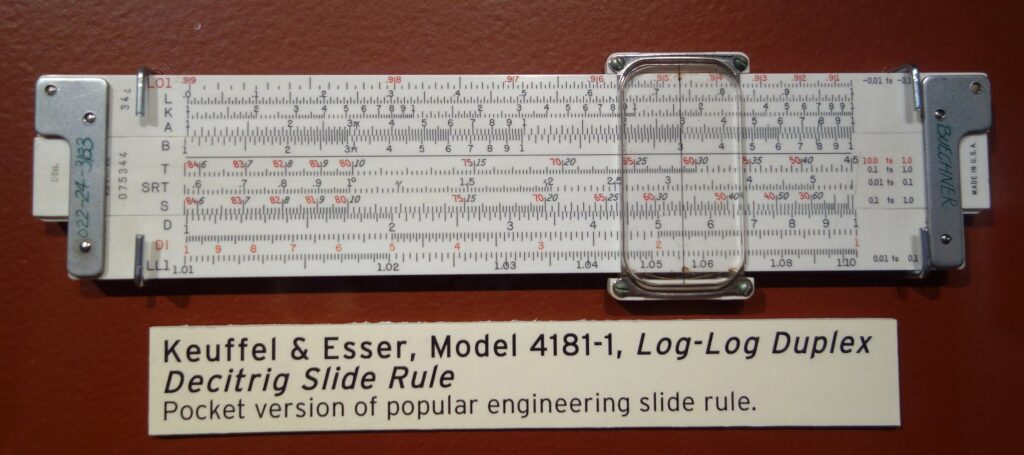
The Keuffel and Esser Slide Rule was produced during the early 1900s and became a standard tool for engineers and mathematicians before calculators were introduced. It features a precision wood or metal construction with fine engraved scales for accurate manual calculation. Collectors value these instruments for their role in scientific education and early engineering projects. Models with original leather cases or patent markings are particularly desirable. Depending on the model and condition, these slide rules sell between $150 and $600.
Collectors admire Keuffel and Esser slide rules because they represent the peak of manual calculation technology. The brand’s American heritage adds cultural and historical value. Engineers once relied on these tools for complex equations long before digital computation existed. Many of them were used in wartime industries, adding an extra layer of significance. Owning one feels like holding a piece of engineering history in your hands.
Brass Sextant by Spencer, Browning and Co.
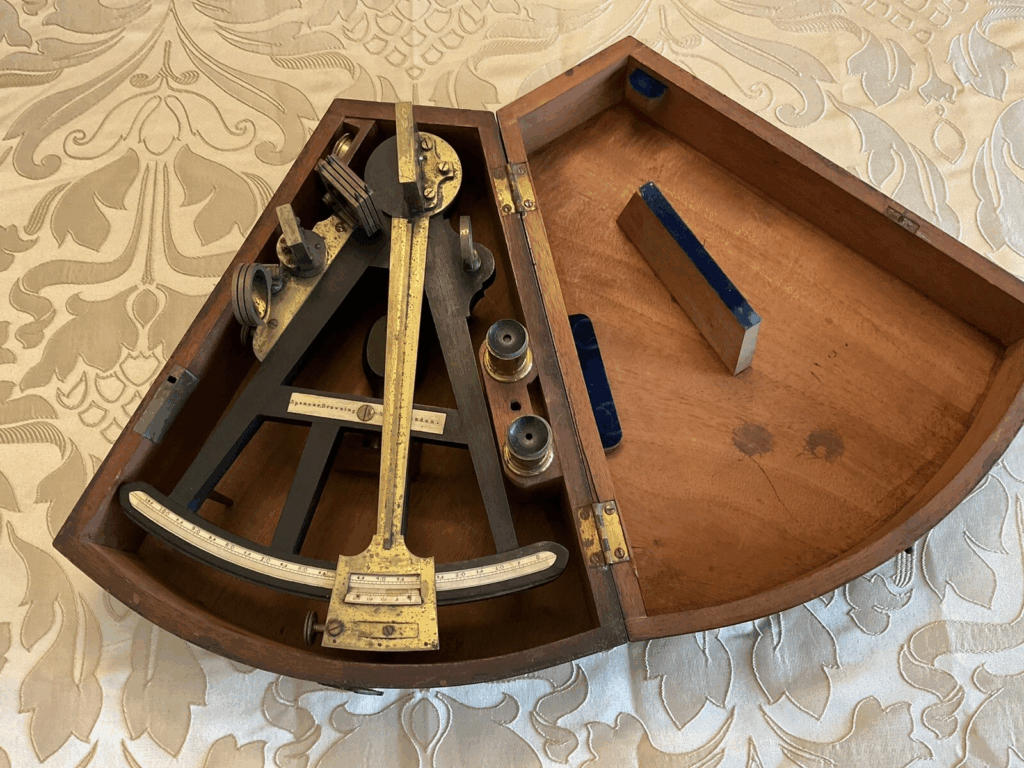
Produced in the mid-19th century, the brass sextant by Spencer, Browning and Co. was an essential navigation instrument for sailors. Its finely engraved brass frame and delicate arc allowed navigators to measure celestial angles with remarkable accuracy. These were often stored in mahogany boxes lined with velvet for protection. Because of their craftsmanship and limited surviving examples, authentic models can fetch between $1,000 and $2,500. They remain among the most admired maritime collectibles today.
Collectors treasure these sextants because they symbolize precision and adventure during the golden age of sailing. Many feature original engravings or maritime insignias that increase their value. A well-preserved sextant with original mirrors and lenses is especially prized. Each piece tells a story of exploration and the sea. Their timeless design keeps them sought after by both collectors and history enthusiasts.
Starrett No. 436 Micrometer
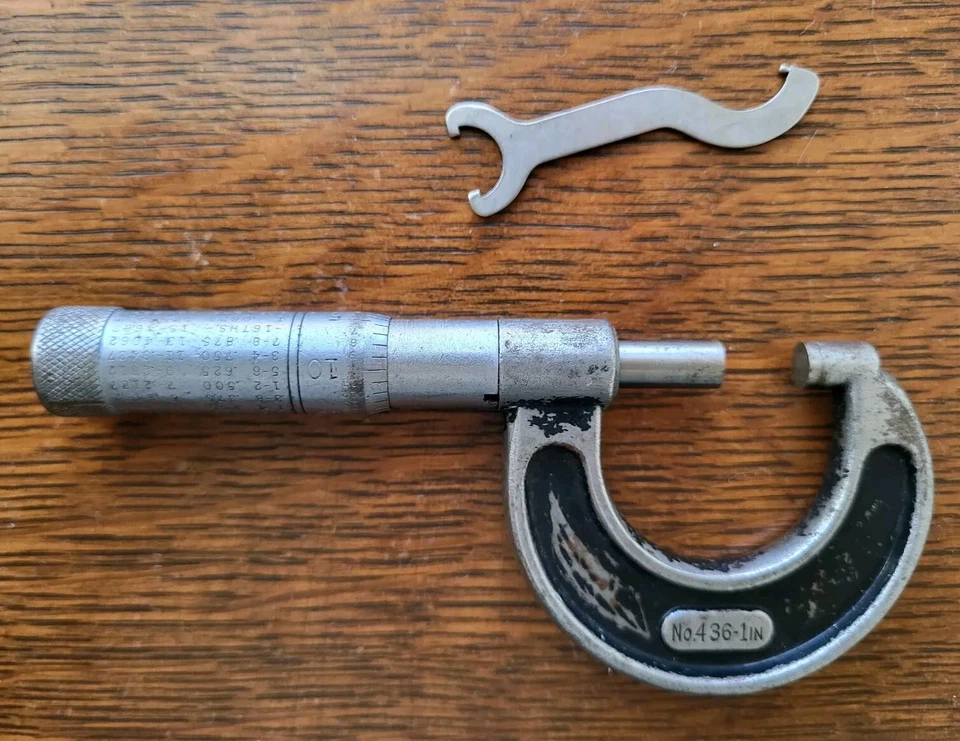
The Starrett No. 436 Micrometer was first manufactured in the early 1900s by L.S. Starrett Company in Massachusetts. It quickly became a trusted measurement tool for machinists and engineers. Known for its steel construction and smooth spindle movement, it set a high standard for mechanical measurement. Early editions with patent markings and wooden boxes attract strong collector interest. Depending on rarity and age, these sell for $200 to $800.
Collectors appreciate how the Starrett No. 436 combines industrial history with mechanical craftsmanship. It reflects an era when manual measuring tools were made with great care and durability. The engraved markings and precise adjustments show impressive workmanship. Some vintage models were used in aircraft production, giving them additional historical appeal. This makes the micrometer a valued find in both tool and industrial memorabilia circles.
Troughton and Simms Surveyor’s Theodolite
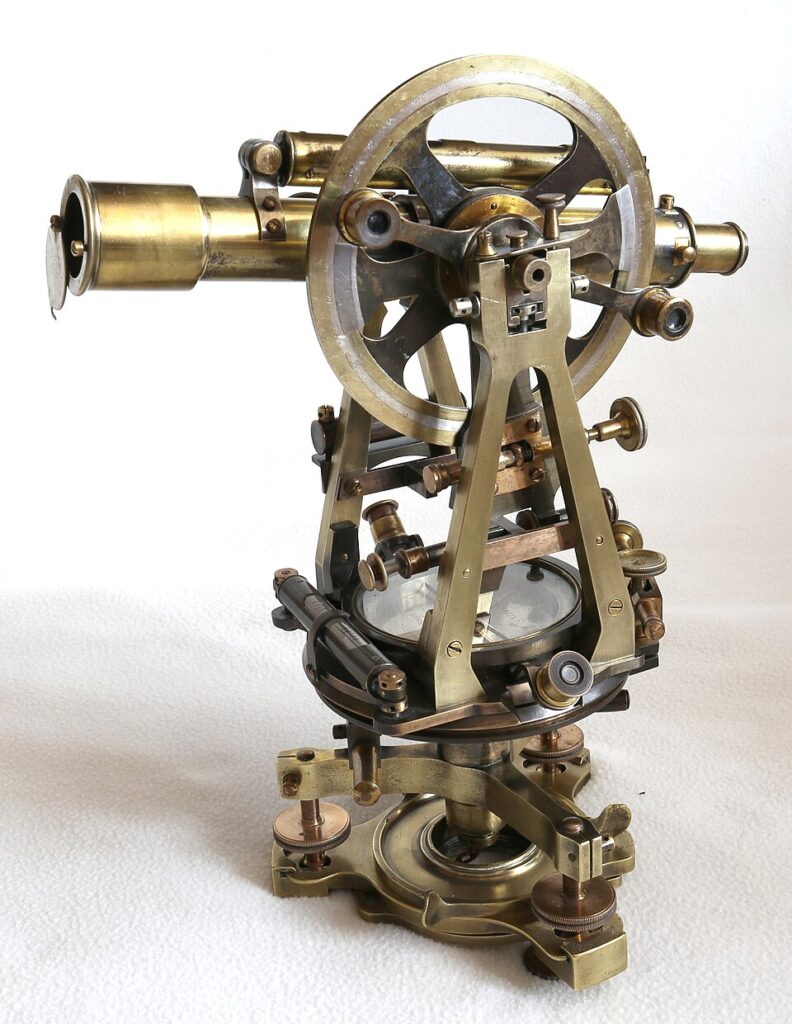
Dating back to the late 1800s, the Troughton and Simms Theodolite was a vital instrument for land surveyors. Crafted in brass and mounted on a tripod, it helped measure horizontal and vertical angles with precision. The London-based makers were among the most respected scientific instrument producers of their time. Complete sets in fitted wooden cases remain highly collectible. Depending on condition and completeness, they range from $1,500 to $4,000.
Collectors prize these theodolites for their intricate mechanisms and historical importance in mapping. Many were used in early government and railway surveys, adding to their significance. The craftsmanship involved in aligning the lenses and dials demonstrates fine engineering skill. Original cases with company labels raise their collectible value even more. A genuine Troughton and Simms model serves as both a scientific relic and a display centerpiece.
Dietzgen Drafting Compass Set

The Dietzgen Company began producing drafting compass sets in the early 20th century for architects and engineers. Each set included fine German-made instruments housed in velvet-lined wooden or leather cases. These tools were designed for precision drawing and technical sketches. Complete sets from this era are becoming harder to find, especially those with all original components. Market prices typically range from $120 to $400.
Collectors admire these compass sets because they combine artistry with utility. The polished brass and steel pieces reflect an era when hand drafting required absolute accuracy. Many sets were passed down through generations of architects, giving them sentimental and professional value. Engraved logos or serial numbers make them even more collectible. For many enthusiasts, a Dietzgen set captures the beauty of early technical craftsmanship.
Elliott Brothers Barometer
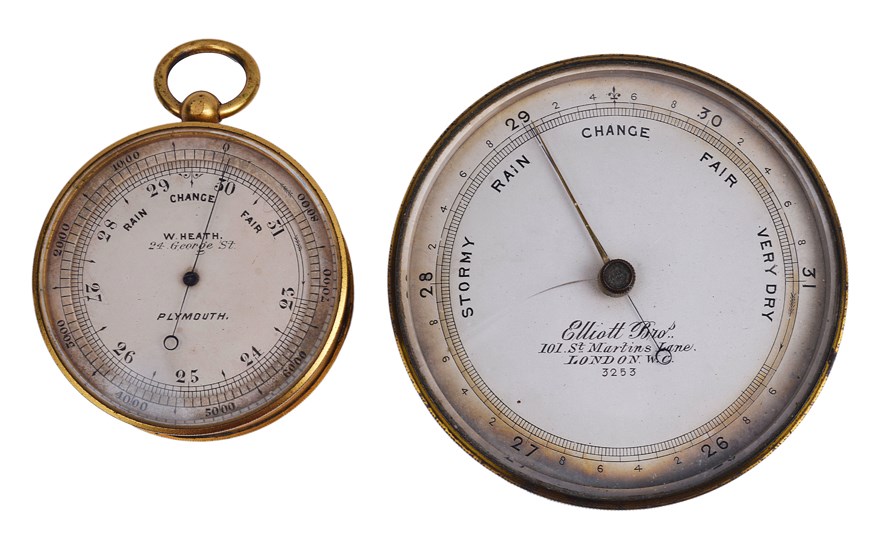
The Elliott Brothers Barometer was first manufactured in the mid-19th century in London. It measured atmospheric pressure and was vital for predicting weather patterns before modern technology. Its elegant brass design and glass tube construction made it both functional and decorative. Intact versions with readable scales and undamaged tubes are rare finds. Depending on the model, they can sell for $500 to $1,800.
Collectors are drawn to these barometers for their craftsmanship and scientific heritage. Many were displayed in ships or laboratories, adding to their historical charm. Some were beautifully mounted on wood, combining art with function. Original maker’s markings and serial numbers greatly increase value. These instruments remain a reminder of how weather science evolved through hands-on observation.
KandE Paragon Planimeter
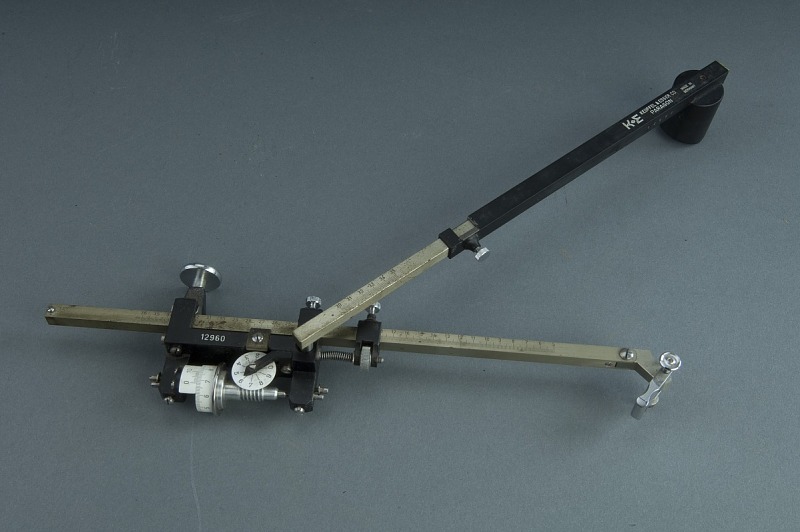
Introduced by Keuffel and Esser in the early 1900s, the Paragon Planimeter was a remarkable instrument used to measure areas on maps or drawings. It consists of a mechanical arm and a tracing point that converts motion into numeric readings. Engineers and architects relied on it before digital tools became common. Original models in working condition sell from $250 to $900. The engraved metal casing and elegant mechanical motion attract collectors.
Collectors enjoy the Paragon Planimeter because it bridges art and science. The smooth movement of its wheels and dials provides a glimpse into early mechanical innovation. Many were used in government mapping offices and universities. Instruments with original boxes and manuals hold higher value. This makes it an appealing piece for both science enthusiasts and antique collectors.
Brass Vernier Caliper by John Rabone and Sons

The Brass Vernier Caliper by John Rabone and Sons was produced in the late 1800s in Birmingham, England. It featured a sliding scale that allowed measurements of internal and external dimensions. These calipers were used by machinists and carpenters during Britain’s industrial rise. The fine engravings and solid brass design make surviving examples rare. Prices typically range from $250 to $700 depending on size and markings.
Collectors admire these calipers for their elegant engineering and historical context. Each tool reflects the precision needed in early manufacturing trades. Original pieces engraved with the maker’s name are especially collectible. Many display them as examples of British industrial craftsmanship. Their practical design and sturdy build make them enduring favorites among antique tool enthusiasts.
Gurley Surveyor’s Compass
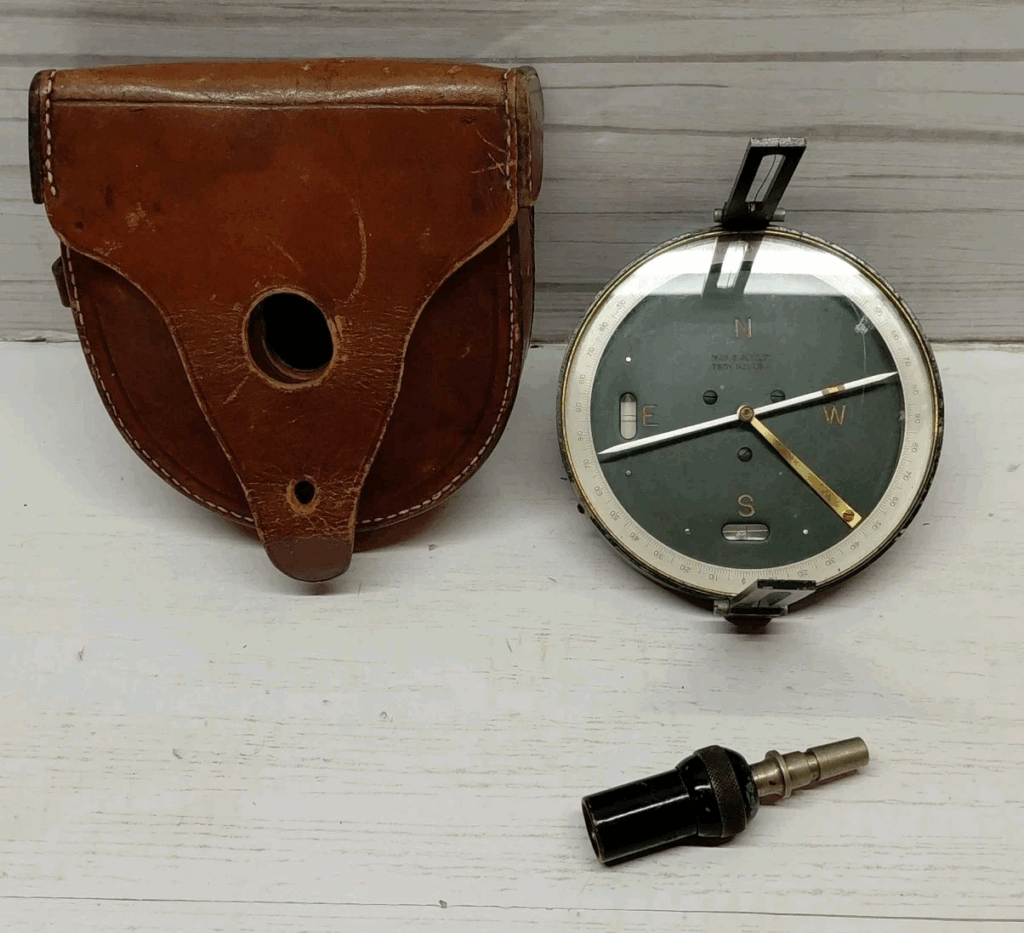
The Gurley Surveyor’s Compass, made in Troy, New York, during the mid-1800s, was an essential tool for American land surveyors. Featuring a solid brass housing and glass-covered dial, it measured bearings with remarkable accuracy. It often came mounted on wooden tripods for field use. Well-preserved examples complete with tripods and cases can reach $1,000 to $2,500 in value. These compasses were used in mapping the expanding American frontier.
Collectors love the Gurley compass for its connection to the nation’s early surveying and exploration history. Each instrument was carefully calibrated by hand and marked with the company’s logo. Many pieces bear the initials of surveyors or agencies that once owned them. The strong build and fine detailing make it a centerpiece in historical tool collections. Owning one feels like holding a relic from the age of exploration.
Negretti and Zambra Aneroid Barograph

First made in the late 19th century in London, the Negretti and Zambra Aneroid Barograph was used to record atmospheric pressure over time. Its intricate brass mechanism worked with paper charts and ink pens to plot continuous readings. These instruments were used in weather stations and aboard ships for precise tracking. Complete working models with glass domes can fetch between $1,200 and $3,000. Their beauty and mechanical elegance make them a collector favorite.
Collectors appreciate the barograph’s graceful movement and historical importance in meteorology. The London firm Negretti and Zambra was known for high-quality scientific equipment. Many examples still function perfectly after more than a century. The combination of polished brass, glass, and wood makes them visually striking. It remains a prized collectible for those drawn to both science and artistry.
This article originally appeared on Avocadu.
